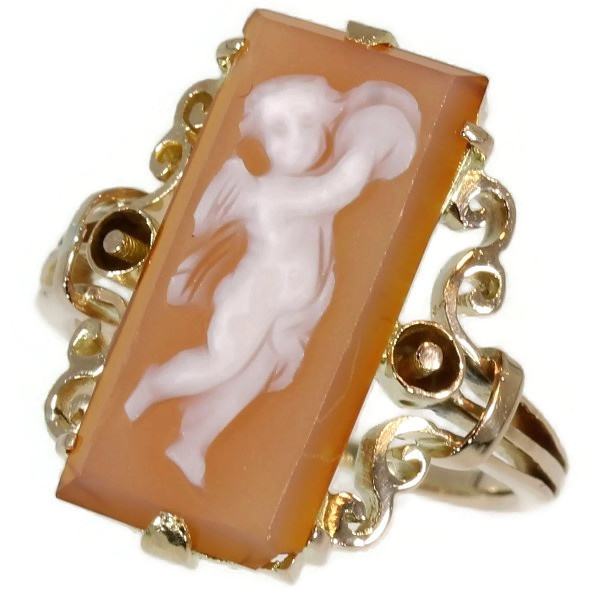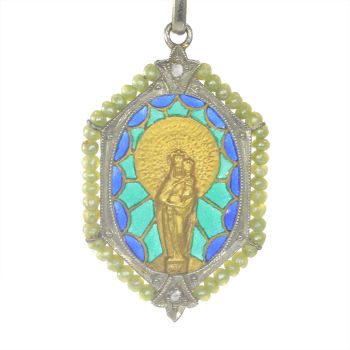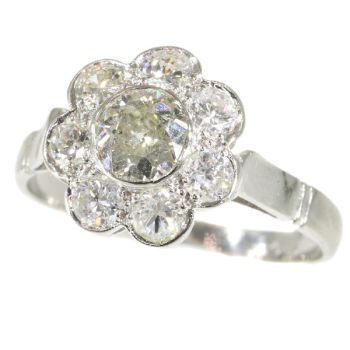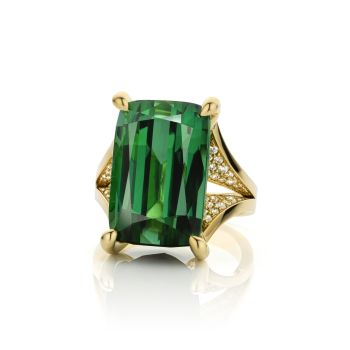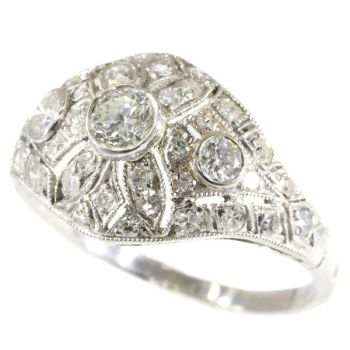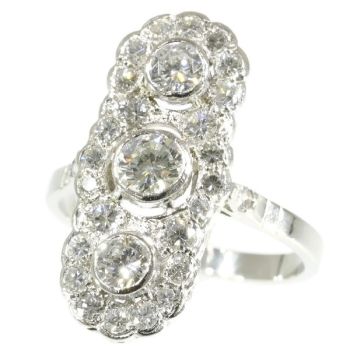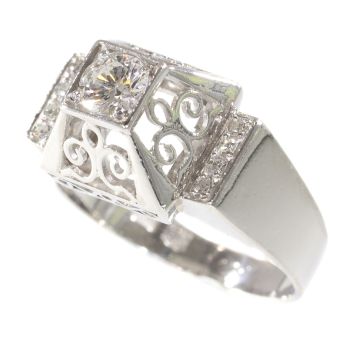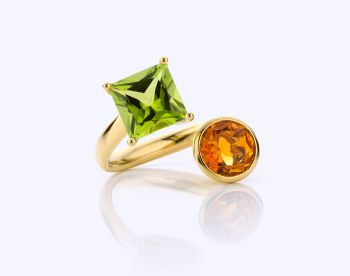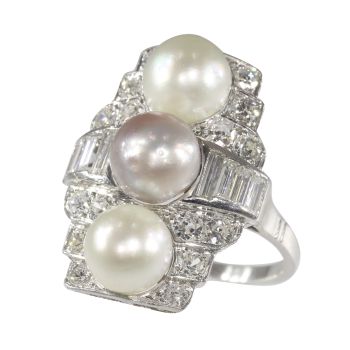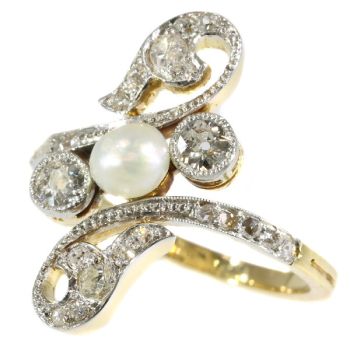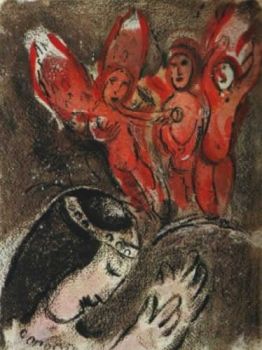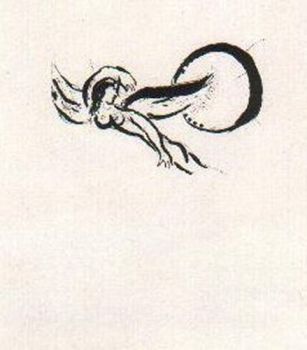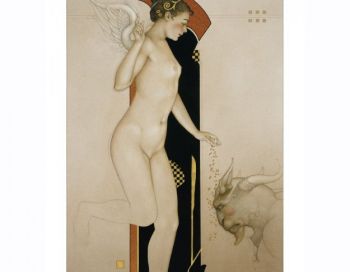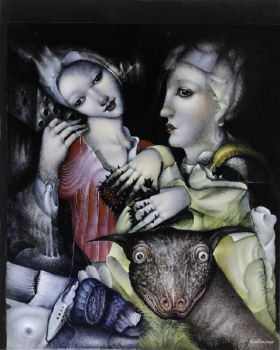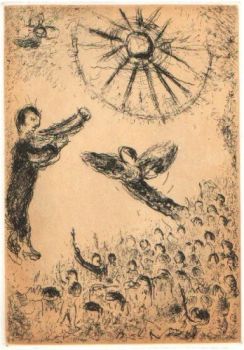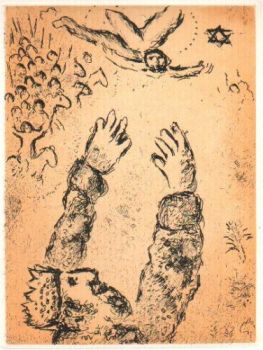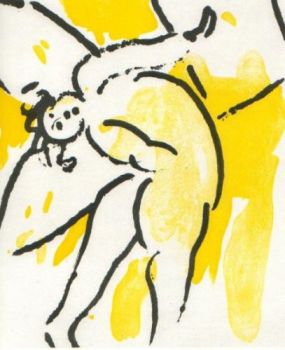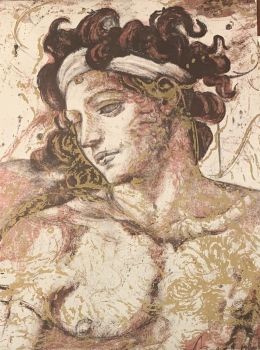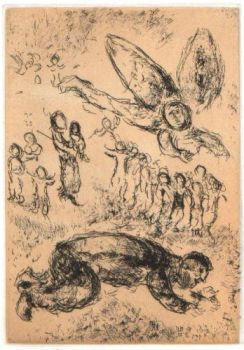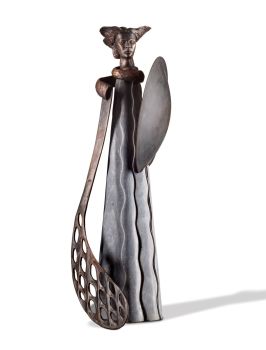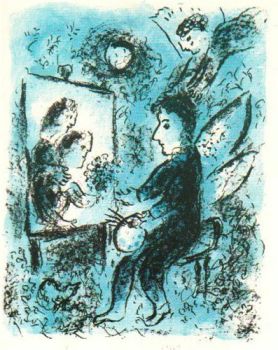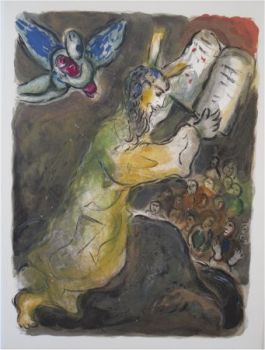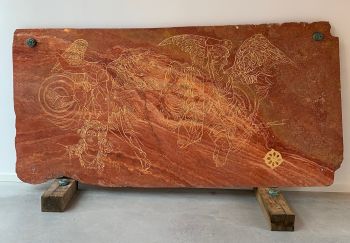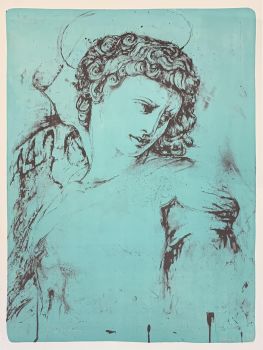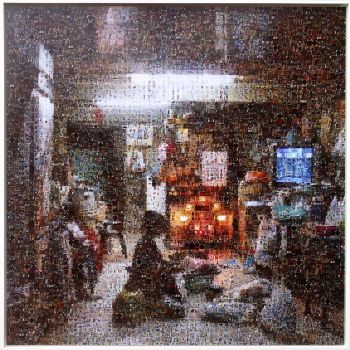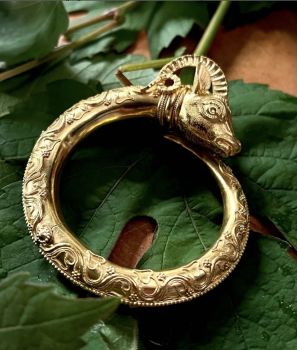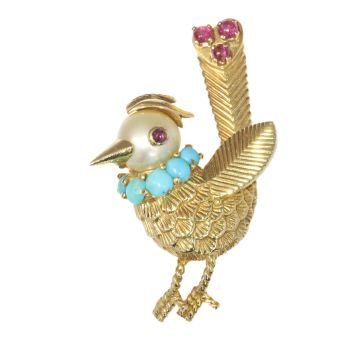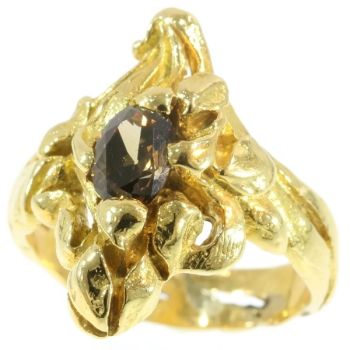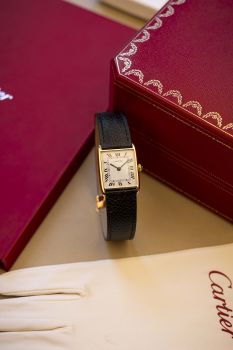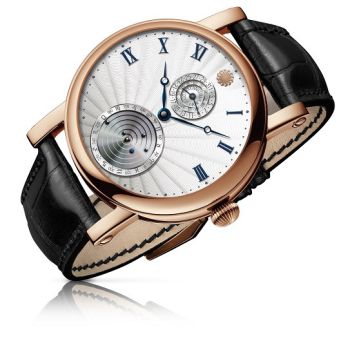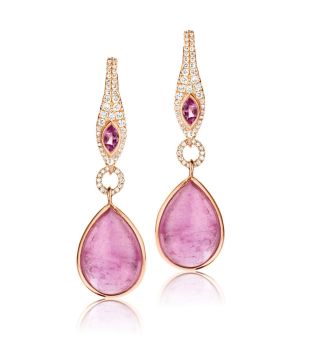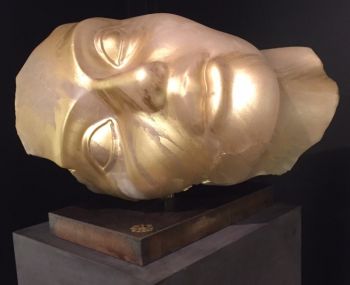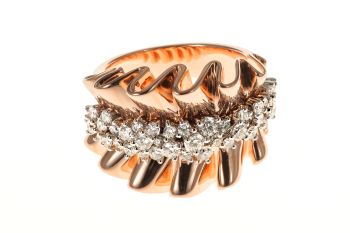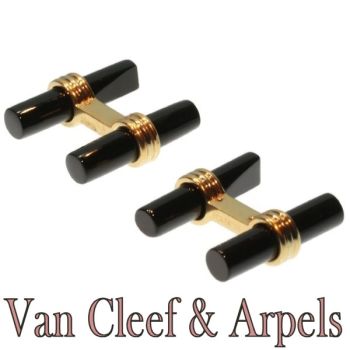Victorian antique ring pink gold stone cameo angel 1880
Artista Desconocido
Oro rosaOroCamafeo
Actualmente no disponible a través de Gallerease
- Sobre la obra de arte
Antique jewelry object group: ring
Condition: excellent condition
- (more info on our condition scale)
Country of origin:Although it does not carry any legible control marks we believe this to be of Belgian origin.
Style: Victorian - Victorian decorative arts refers to the style of decorative arts during the Victorian era. The Victorian era is known for its eclectic revival and interpretation of historic styles and the introduction of cross-cultural influences from themiddle east and Asia in furniture, fittings, and Interior decoration. Victorian design is widely viewed as having indulged in a regrettable excess of ornament. The Arts and Crafts movement, the aesthetic movement, Anglo-Japanese style, and Art Nouveaustyle have their beginnings in the late Victorian era.
- See also: Victorianor more info on styles
Period: ca. 1880
- (events and facts in 1880)
Source of inspiration: Mythology
Theme: Angels - Various Old Testament texts, such as Judith's « His angel has been my safekeeper » and references in the Psalms, point to their existance. This is clarified in the New Covenant when Christ speaks of the Angels as the « little ones». We mentionthat for those who want their own guide, protector and friend.
Material: 18K red gold
- (more info on precious metals)
Technique: Cameo is a method of carving, or an item of jewellery or vessel made in this manner. It features a raised (positive) relief image. There are three main materials for Cameo carving; Shells or Agate (called a Hardstone cameo), and glass. Cameos can beproduced by setting a carved relief, such as a portrait, onto a background of a contrasting colour. This is called an assembled cameo. Alternately, a cameo can be carved directly out of a material with integral layers or banding, such as (banded) agateor layered glass, where different layers have different colours. Sometimes dyes are used to enhance these colours. Cameos are often worn as jewellery. Stone cameos of great artistry were made in Greece dating back as far as the 6th century BC. They werevery popular in Ancient Rome, and one of the most famous stone cameos from this period is the Gemma Claudia made for the Emperor Claudius. The technique has since enjoyed periodic revivals, notably in the early Renaissance, and again in the 17th, 18thand 19th centuries.
Precious stones: cameo
- (more info on precious stones)
Hallmarks: No trace.
- (more info on hallmarks)
Dimensions: 1,80 cm (0,71 inch) x 0,90 cm (0,35 inch)
Weight: 2,90 gram (1,86 dwt)
Ring size Continental: 47 & 15 , Size US 4 , Size UK: H
Resizing: Free resizing, but because of the the way the ring is made, we cannot guarantee to make it on every size; so please ask in advance (only for extreme resizing we have to charge).
- (more info on ring sizes)
Reference Nº: 15106-0178
Copyright photography: Adin, fine antique jewelry
- Sobre el artista
Puede suceder que un artista o creador sea desconocido.
Algunas obras no deben determinarse por quién está hecho o por (un grupo de) artesanos. Algunos ejemplos son estatuas de la Antigüedad, muebles, espejos o firmas que no son claras o legibles, pero también algunas obras no están firmadas en absoluto.
También puedes encontrar la siguiente descripción:
•"Atribuido a …." En su opinión, probablemente una obra del artista, al menos en parte.
•“Estudio de….” o “Taller de” En su opinión, una obra ejecutada en el estudio o taller del artista, posiblemente bajo su supervisión
•“Círculo de…” En su opinión, una obra del período del artista que muestra su influencia, estrechamente asociado con el artista pero no necesariamente su alumno.
•"Estilo de …." o “Seguidor de…”. En su opinión, una obra ejecutada al estilo del artista pero no necesariamente por un alumno; puede ser contemporáneo o casi contemporáneo
•"Manera de …." En su opinión una obra al estilo del artista pero de fecha posterior
•"Después …." En su opinión, una copia (de cualquier fecha) de una obra del artista
•“Firmado…”, “Fechado…” o “Inscrito” En su opinión, la obra ha sido firmada/fechada/inscrita por el artista. La adición de un signo de interrogación indica un elemento de duda.
•“Con firma…”, “Con fecha…”, “Con inscripción…” o “Lleva firma/fecha/inscripción” en su opinión la firma/fecha/inscripción ha sido añadida por alguien que no es el artista
Artwork details
Related artworks
- 1 - 4 / 12
- 1 - 4 / 24
- 1 - 4 / 24
Artista Desconocido
A pair of angels Antwerp, 17th century, Carrara marble17th century
Precio a consultarFrederik Muller
Artista Desconocido
Icono de madera ruso antiguo: Arcángel Gabrielearly 17th
Precio a consultarKunsthandel H.W.C. Dullaert Icons
1 - 4 / 24Christiaan van der Kaauw
PR CVDK CKPT1124 Rose Planetarium Horloge 2023
Precio a consultarHa-Juweliers
1 - 4 / 24

